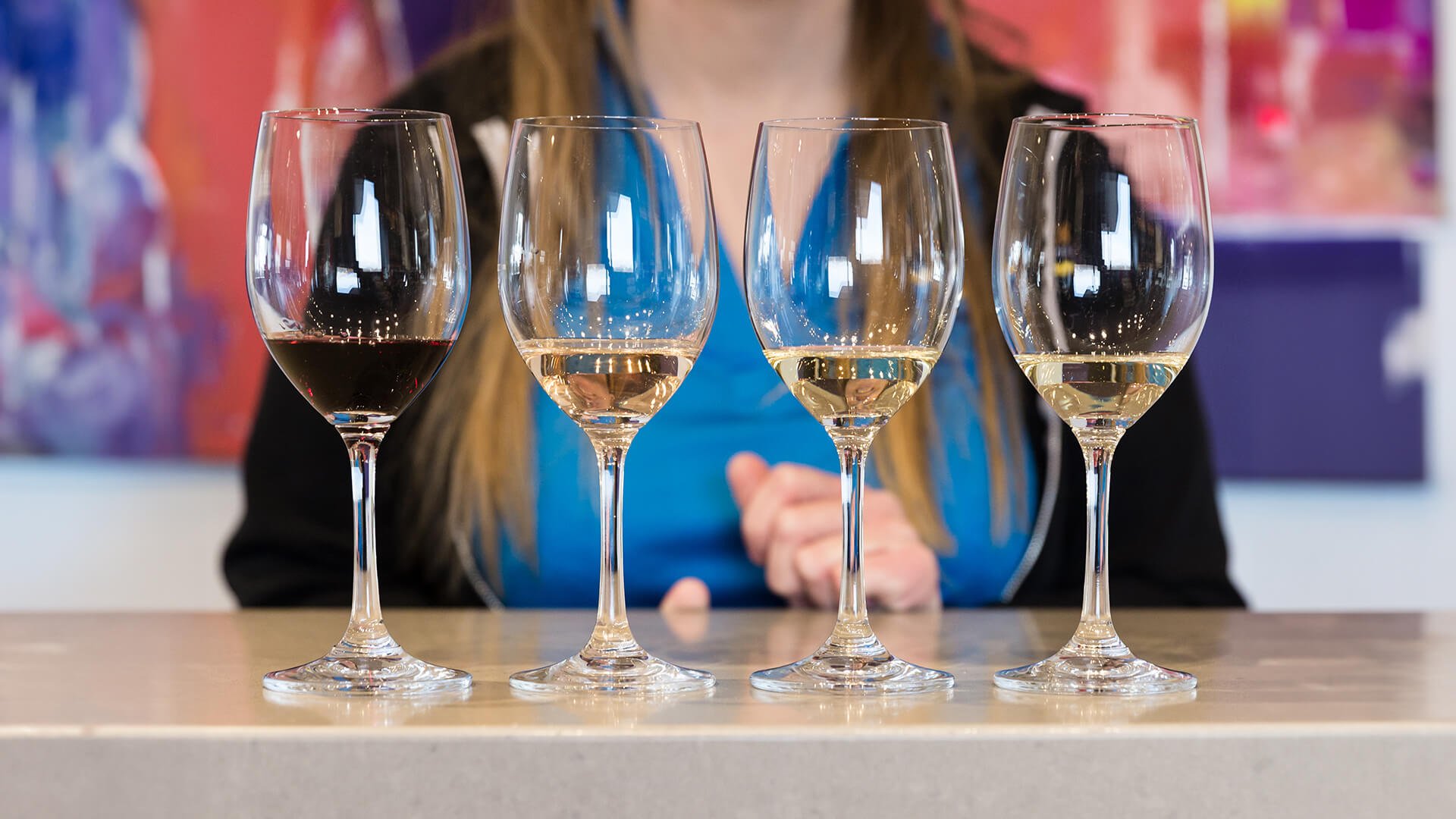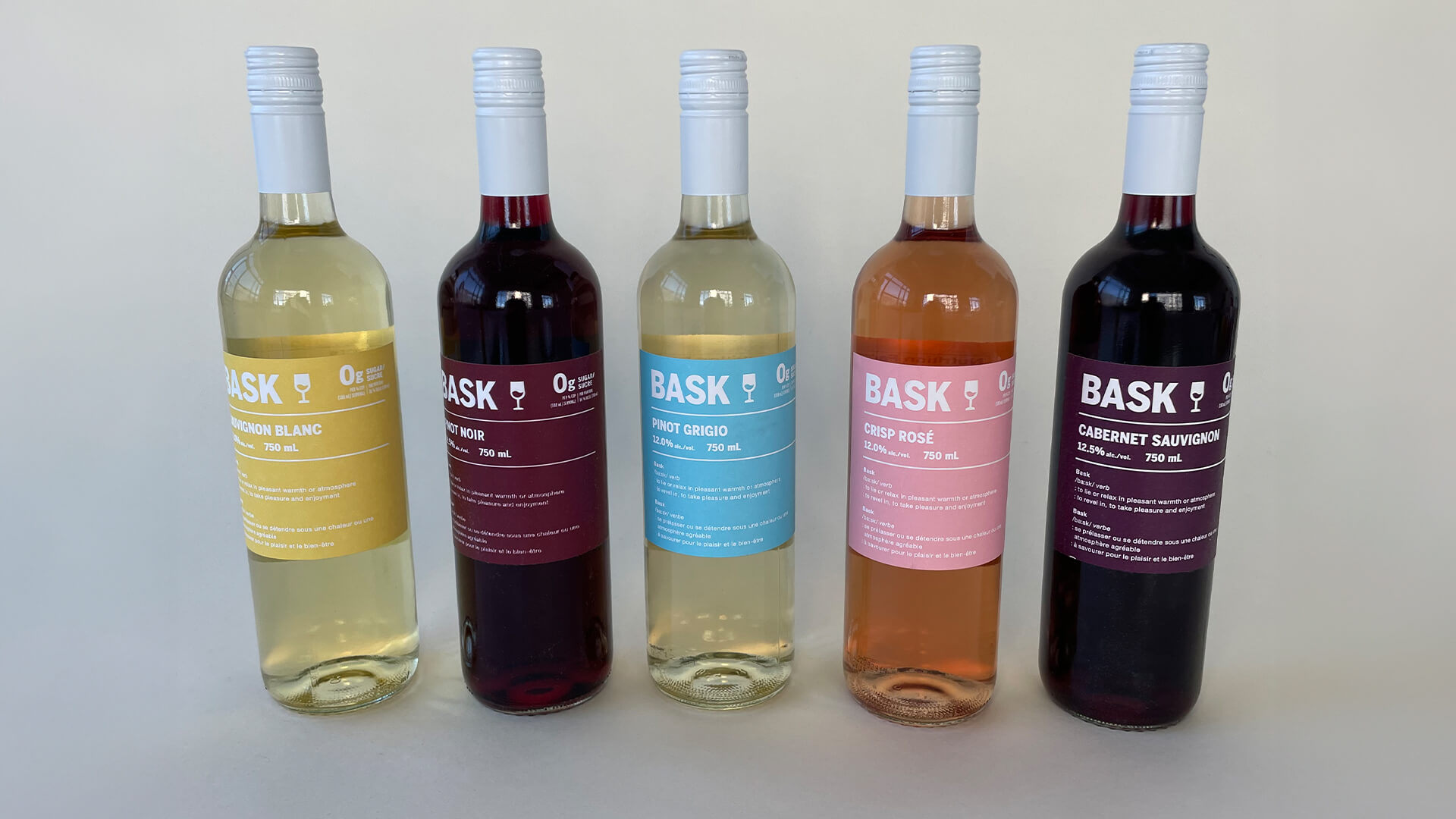Exploring the Spectrum of Sweetness
The sweetness in wine primarily originates from the natural sugars found in the grapes (often referred to as “residual sugar”) that remain once the fermentation process has ended. The decision of when to halt fermentation is a critical one for winemakers, as it determines the level of sweetness in the final product. It's a delicate dance between allowing yeast to consume sugars and preserving a certain sweetness that defines the wine's profile.
When it comes to the sweetness of wine, there’s a vast spectrum ranging from bone-dry to very sweet. Bone-dry wines, for example, have less than 1 g/L of residual sugar, providing a crisp and refreshing experience. On the other end of the spectrum, sweet wines like Moscato or a sweet Riesling boast a residual sugar content of 35 g/L and go up from there to very sweet dessert wines. Understanding the sugar content in wine is essential for wine enthusiasts looking to explore their palates.
How to Taste Sweetness
When focusing on sweetness, direct your attention to the taste buds at the tip of your tongue. If you feel a tingling sensation, it's a clear indicator of sweetness. Even in dry wines, a subtle hint of sweetness is not uncommon, contributing to a fuller-bodied experience. Identifying residual sugar in wines you enjoy can guide your preference for a touch (or more) of sweetness.
Observing a wine's viscosity provides additional insights. Higher viscosity results in slow wine tears on the inside of your wine glass, which can also mean a higher alcohol by volume (ABV). Sweetness in wine can be influenced by numerous factors, making it a subtle yet fascinating element to explore.
Perception Factors: Aromas, Tannins, and Acidity
Perception plays a pivotal role in how we experience sweetness in wine. Aromas, tannins, and acidity levels contribute significantly to our sensory evaluation.
Aromas: Act as a primer for our sense of taste, heavily influencing how we perceive sweetness. Fruity and floral notes can enhance the perception of sweetness, even in a wine that might technically be on the drier side. Notable examples of such aromatic varieties include Riesling and Gewürztraminer.
Tannins: Naturally occurring compounds found in plant parts, such as seeds, bark, leaves, and fruit skins. Tannins contribute to the structure and mouthfeel of a wine. Interestingly, individuals with higher protein content in their saliva are less sensitive to the drying sensation caused by tannins. Additionally, when paired with salty and fatty foods, the taste of tannin diminishes.
Acidity: Acidity plays a role in influencing our perception of wine sweetness. Sour can counterbalance sweet, so wines with higher acidity levels can come across as 'drier' compared to those with lower acidity.





